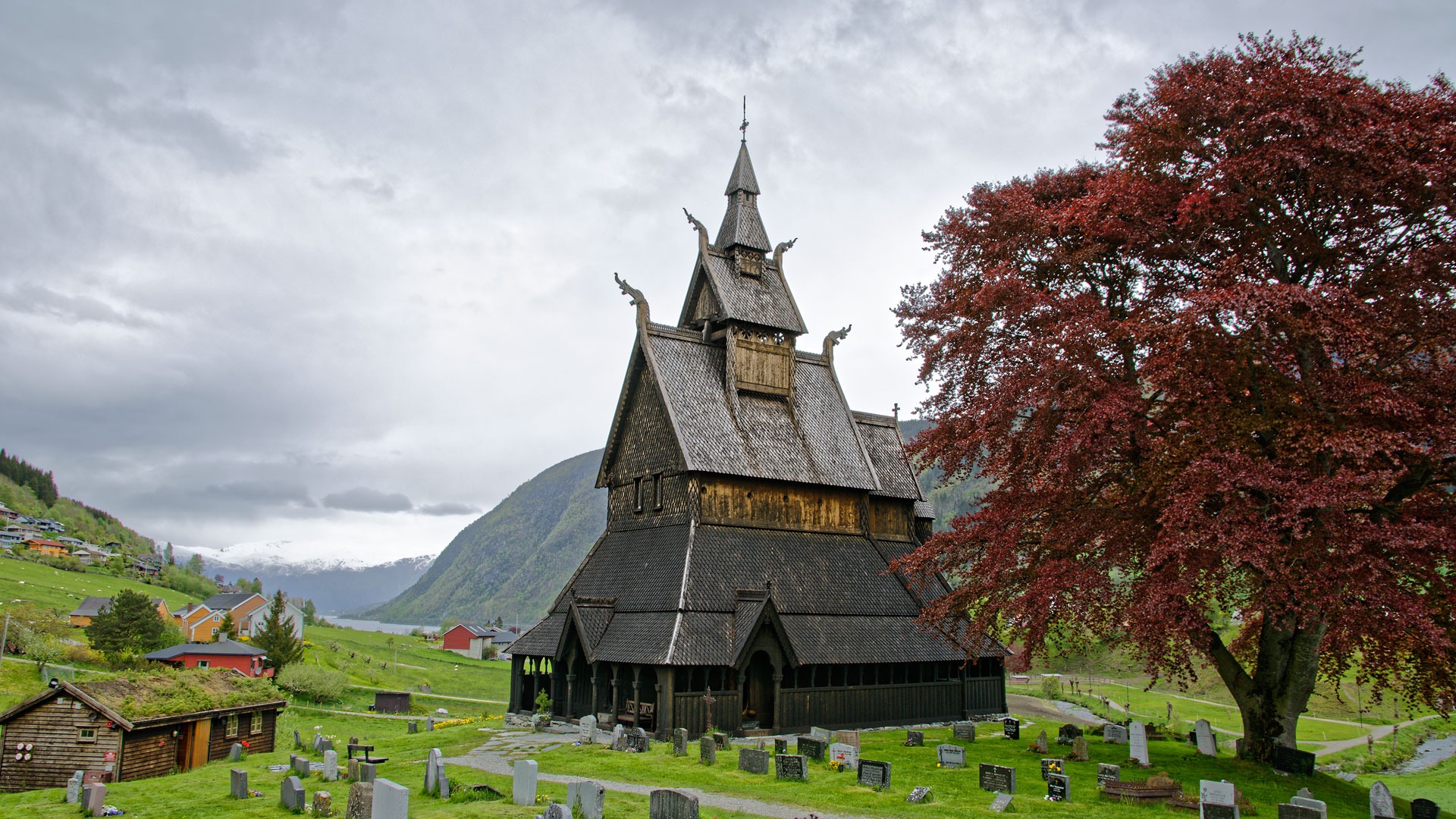Projects and priorities
Conservation programmes
Cultural heritage monuments and sites that are protected and of historical importance are repaired and maintained through our ten conservation programmes. They contribute to reaching the national objectives of cultural heritage management.
Every year, approximately NOK 300 million is distributed between the ten conservation programmes in order to safeguard cultural heritage in Norway.
What is the purpose of the conservation programmes?
The work that takes place in the conservation programmes is primarily based on securing and maintaining cultural heritage, but may also include other measures such as mapping the condition of cultural heritage monuments and sites or making cultural heritage monuments and sites more accessible to the public.
What is the programmes’ background?
The conservation programmes were defined in Report No. 26 to the Storting – The Government’s Environmental Policy and the State of the Environment in Norway. The Report constitutes the background for the programmes that the Directorate for Cultural Heritage is working on.
The ten conservation programmes are
- Selected cultural heritage monuments and sites of archaeological importance
- Rock art
- Protected/listed buildings in private ownership
- Vessels
- Ruins
- Sámi cultural heritage monuments and sites
- Stave churches
- Stave church fire safety and prevention
- Cultural heritage monuments and sites of technical and industrial importance
- World Heritage

